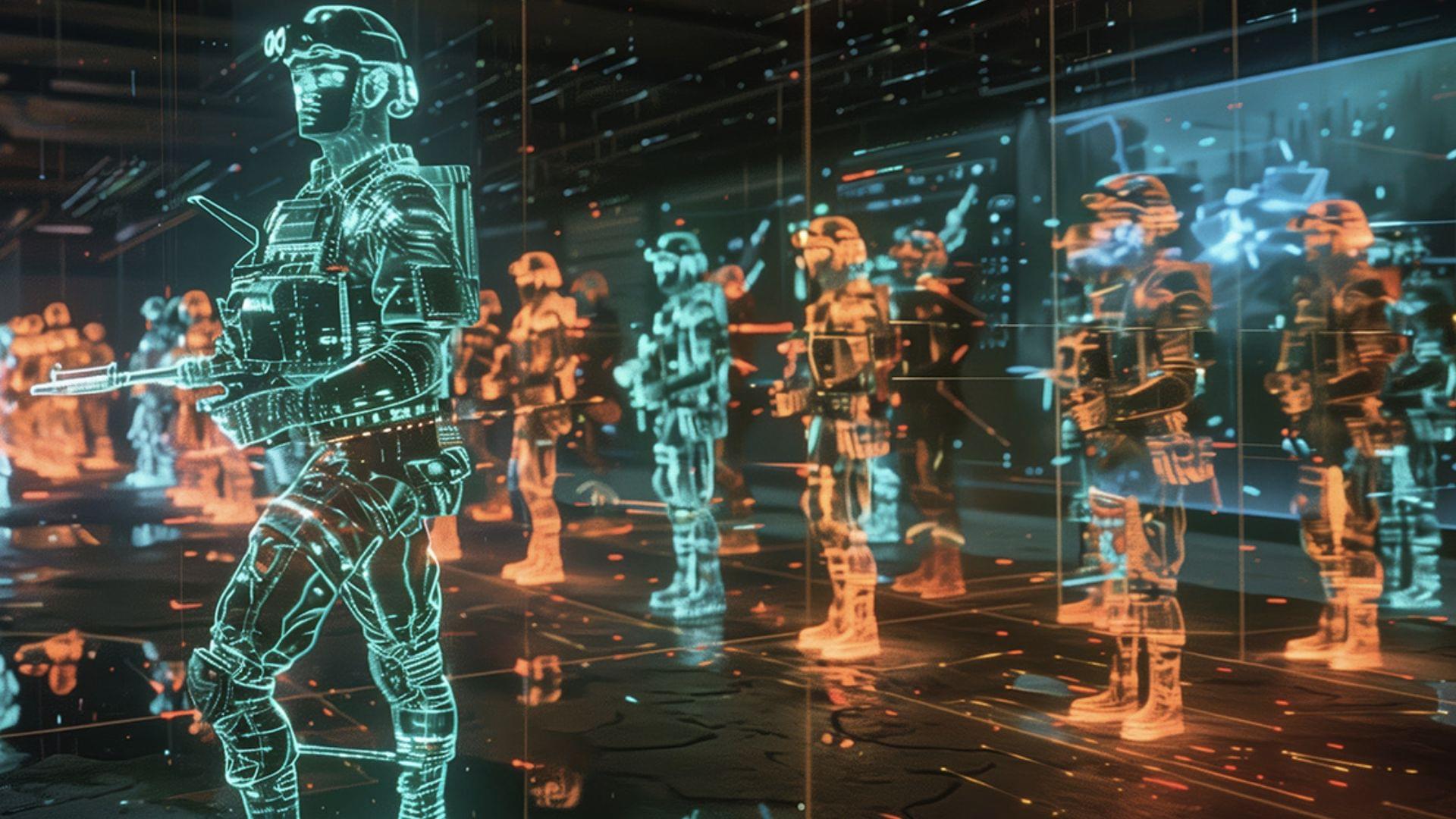What allows organic matter to retain water, enabling its life-giving properties? This is what a recent study published in PNAS Nexus hopes to address as a | Earth And The Environment


Ostracism (being excluded or ignored) is a psychologically painful experience with well-documented negative consequences. This study examines the role of narcissism, a personality trait marked by self-centeredness, entitlement, and a strong desire for admiration. The authors focus on grandiose narcissism in particular, which combines assertive self-enhancement (admiration) with antagonistic tendencies (rivalry). While previous research has shown that narcissists often react aggressively to exclusion, this study explored whether they may also be more likely to be excluded in the first place.
Christiane M. Büttner and colleagues explored this possibility by proposing three mechanisms linking narcissism to ostracism: narcissists may be overly sensitive to exclusion cues and thus perceive more ostracism (negative perceptions), their behavior may prompt others to actually exclude them (target behavior), and repeated experiences of exclusion may reinforce narcissistic traits over time (reverse causality).
By combining large-scale surveys, daily diary data, experiments, and a 14-year longitudinal study across 77,000+ participants, this research provides an unusually comprehensive picture of this dynamic.
Study 1 relied on a nationally representative German panel survey in which 1,592 adults completed a brief narcissism questionnaire (NARQ-S), which includes items reflecting admiration (e.g., “Being a very special person gives me a lot of strength”) and rivalry (e.g., “Most people are somehow losers”). They rated how often they felt ostracized over the past two months. Participants also reported their self-esteem, which allowed the researchers to examine whether narcissism predicted ostracism independently of general self-worth.
Study 2 used an experience sampling approach to capture more fine-grained, real-world data. Nearly 500 U.S.-based participants completed a longer narcissism scale (the extended NARQ), a rejection sensitivity measure, and reported daily instances of exclusion over a 14-day period using a mobile app. They also estimated, at the end of the study, how often they had felt excluded, providing insight into whether narcissistic individuals overestimate exclusion.
In real-time reports, both admiration and rivalry facets correlated with more daily exclusion experiences, with admiration reaching statistical significance. Rivalry was more strongly linked to retrospective recall of ostracism. Narcissists also tended to slightly overestimate how many exclusion episodes they had experienced during the study period, suggesting a modest perceptual bias.
However, narcissism was not linked to the belief that one is excluded more than others, indicating that the distortion lies in recalling one’s own experience rather than making social comparisons.
Studies 3a, 3b, and 3c used the Cyberball paradigm, where participants experienced either clear (complete) or partial exclusion, and judged their inclusion level. These experiments tested whether narcissists were more likely to perceive ostracism in scenarios with clear versus partial exclusion. Study 4 shifted to ambiguous, everyday social scenarios to test whether narcissists interpret subtle cues as ostracism.
What do large language models, cellular automata, and the human brain have in common? In this polymath salon, I talk with Dugan Hammock from the Wolfram Institute to discuss the deep links between these seemingly disparate fields.
Highlights include:
Computational Irreducibility: Why we can’t take shortcuts in complex systems—whether it’s a simple cellular automaton or a sophisticated LLM generating text.
The Power of Autoregression: How the simple, step-by-step process of predicting the next element can give rise to incredible complexity and human-like language.
The Nature of Thinking: Whether our own thought processes are fundamentally autoregressive and sequential, or if there’s a different, parallel mode of cognition at play.
Memory and Consciousness: The critical role of a system’s “memory” or history in shaping its future, and how this relates to our own awareness and sense of self.

Over the past 220 years, the connection between people and nature has declined by more than 60%. That’s the key finding of a study led by Miles Richardson, a professor of nature connectedness at the University of Derby in England.
Losing touch with nature is increasingly recognized as a contributing factor to the environmental crisis the planet is facing today. When people feel disconnected from the natural world, they are less likely to protect it.




The wargaming, which enhances human judgment, has long been a vital method for understanding human decision-making in complex, uncertain environments by harnessing the power of experiential learning.
While traditional wargames offer deep insights into how decisions play out under pressure, their dependence on expert facilitators and labor-intensive design limits their scalability and speed.
APL revealed that Generative Wargaming (GenWar) is a next-generation capability that integrates generative artificial intelligence, modeling and simulation (M&S), and human expertise. GenWar allows the institute to build and run wargames in days instead of months, analyze dozens of alternative futures at scale, and focus human attention on the scenarios that most demand thoughtful deliberation.
